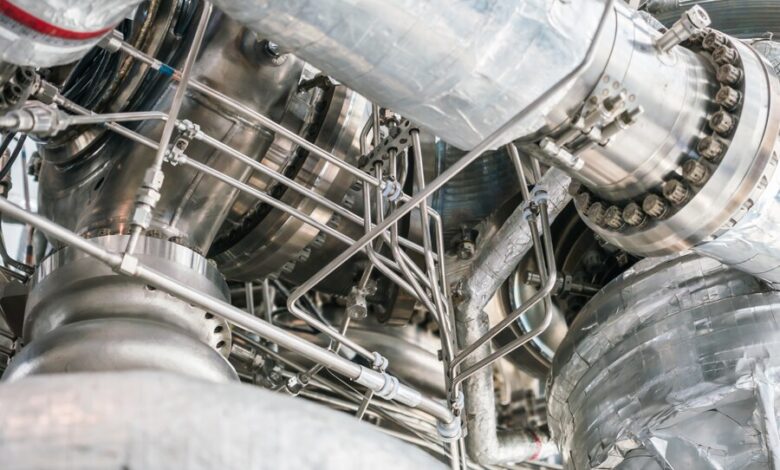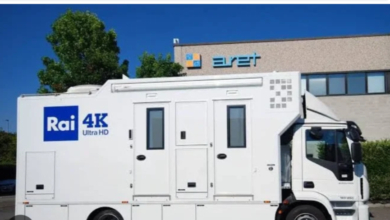Turbocharged Reliability: Ensuring Longevity in Steam Turbine Generators

In the world of power generation, steam turbine generators stand as stalwarts, converting steam energy into electricity with impressive efficiency. As key components of many industrial and power plants, the reliability and longevity of these steam turbine generators are crucial for uninterrupted energy production.
Get in touch to explore the essential strategies and practices that contribute to turbocharged reliability, ensuring the sustained performance and extended lifespan of steam turbine generators.
Understanding the Steam Turbine Generator
A steam turbine generator operates on the principle of converting thermal energy from pressurized steam into mechanical energy, which is then transformed into electrical energy. This intricate process involves several components, including the turbine blades, rotor, and generator. To ensure the long-term reliability of these systems, a proactive approach to maintenance is paramount.
Routine Inspections and Monitoring:
Regular inspections are the cornerstone of effective steam turbine generator maintenance. Periodic checks, including visual inspections, vibration analysis, and thermal imaging, allow operators to detect potential issues before they escalate. By identifying anomalies in rotor dynamics or detecting hot spots, these inspections contribute to the prevention of catastrophic failures and unplanned downtime.
Oil and Lubrication Management:
Proper lubrication is essential for the smooth operation of the turbine’s rotating components. Regular monitoring of oil quality, viscosity, and lubrication levels ensures optimal conditions for the bearings and reduces friction-induced wear. This proactive approach minimizes the risk of overheating and extends the life of critical components within the steam turbine generator.
Balancing and Alignment:
Precise balancing and alignment of the rotor are critical for the longevity of steam turbine generators. Imbalances or misalignment can lead to increased vibrations, accelerated wear, and mechanical failures. Through meticulous balancing procedures and alignment checks, operators can maintain the turbine’s stability, reducing the likelihood of damage to key components.
Heat Recovery Systems:
Implementing effective heat recovery systems enhances the overall efficiency of steam turbine generators while minimizing thermal stress. By capturing and utilizing excess heat, these systems not only increase energy output but also contribute to a more sustainable and cost-effective operation. Well-designed heat recovery strategies play a vital role in preserving the integrity of turbine components.
Condenser Maintenance:
The condenser, responsible for converting steam back into water, plays a crucial role in the overall efficiency of steam turbine generators. Regular cleaning and maintenance of the condenser tubes are essential to prevent fouling and scaling, which can hinder heat transfer and reduce performance. A well-maintained condenser ensures optimal working conditions for the entire steam turbine system.
Governor and Control System Checks:
The governor and control systems are the brain of a steam turbine generator, regulating speed and load. Regular checks and calibrations of these systems ensure accurate control, preventing overspeed or sudden load changes that could compromise the turbine’s integrity. A well-tuned control system contributes significantly to the overall reliability and safety of the generator.
Comprehensive Training Programs:
Empowering operators and maintenance personnel with in-depth knowledge and skills is instrumental in maintaining steam turbine generators. Implementing comprehensive training programs ensures that the workforce is well-equipped to identify, address, and prevent issues effectively. Regular training sessions also facilitate the adoption of best practices and the incorporation of the latest technological advancements in steam turbine maintenance.
Condition-Based Monitoring:
Advancements in sensor technology and data analytics have paved the way for condition-based monitoring. By continuously collecting and analyzing data from various sensors, operators can gain real-time insights into the health of the steam turbine generator. This proactive approach allows for predictive maintenance, reducing downtime and extending the equipment’s overall lifespan.
Emergency Preparedness and Redundancy:
Despite meticulous maintenance, unforeseen emergencies can still occur. Establishing robust emergency preparedness plans, along with redundant systems and backup components, adds an additional layer of reliability. Quick response protocols and readily available spare parts contribute to minimizing downtime during critical situations, ensuring a swift return to normal operations.
Conclusion
In the dynamic landscape of power generation, the reliability and longevity of steam turbine generators are non-negotiable factors. Turbocharged reliability, achieved through a combination of routine inspections, oil, and lubrication management, balancing and alignment, heat recovery systems, condenser maintenance, control system checks, comprehensive training programs, condition-based monitoring, and emergency preparedness, is the key to unlocking the full potential of these critical assets.
As technology continues to evolve, so does our understanding of steam turbine generator maintenance. By embracing proactive strategies, leveraging data-driven insights, and fostering a culture of continuous improvement, power plants can ensure that their steam turbine generators meet and exceed performance expectations, contributing to a sustainable and resilient energy future.



